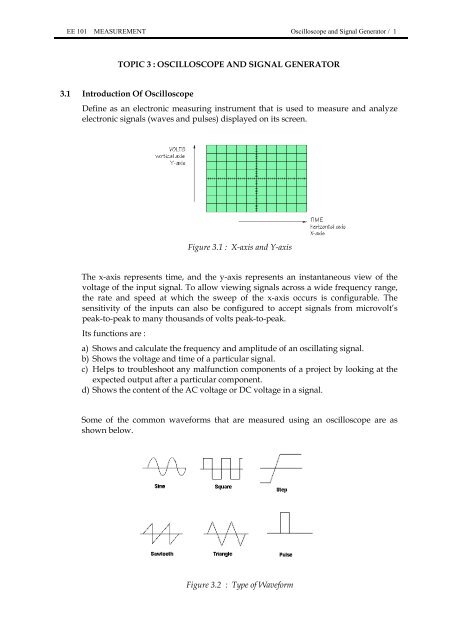

It "provides the functionality from both these devices for less than $50." "Our Digital Oscilloscope and Function Generator provides a simple, easy to use alternative,"the Cornell students explain. This is then displayed back on the screen, and you can zoom in and out of the display. Building a PicBerry OscilloscopeĪccordingly, you control the frequency and amplitude of the waveform from the Raspberry Pi. This leaves the Raspberry Pi free to monitor the waveform and produce a digital display and interface. It uses the DMA Channel to create a waveform without using any CPU cycles of the Raspberry Pi. "We created an affordable Digital Oscilloscope and Function Generator that is able to plot and produce (at the same time) generated electric signals (voltage) changing over time along a calibrated scale," says the group.Ī PIC32 is used to create the waveform. This is ideal for learning how electrical waveforms work. They've used a Raspberry Pi to create a device that performs both tasks at once. The waveforms created by a function generator are observed using an oscilloscope.Īdvitya Khanna, Jeff Witz and Danna Ma are researchers at Cornell University.

They're incredibly handy when learning how to diagnose and test problems with electrical equipment. PicBerry is a Digital Oscilloscope and Function Generator created by students at Cornell University.įunction Generators are used to create different types of electrical waveforms.


 0 kommentar(er)
0 kommentar(er)
